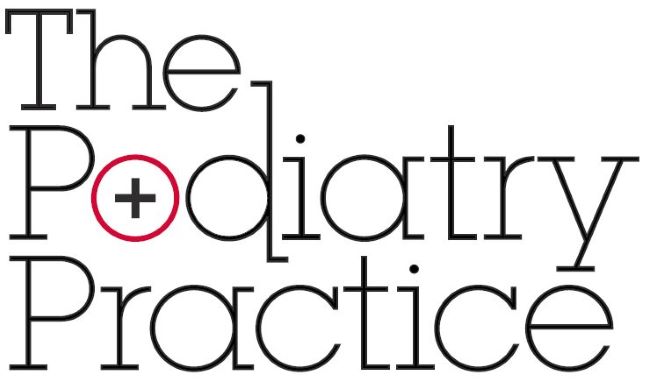In clinical practice, it is often easy to distinguish joint flexibility by categorising patients as either “too flexible”, “too tight” or “about normal”. As is usual in nature, it is the extremes of flexibility (too much or too little) that tend to cause problems, and those that sit in the middle who are less prone to issues.
For mechanical stability, the foot and leg relies on ligaments (the connective tissue that joins bones together) to stop bones from flying apart and dislocating joints. The role of muscles is to move bones around. When there is too much elasticity within ligaments, then patients will be often be categorised as hypermobile. The Beighton scoring system is one useful way of determining the severity of hypermobility.

Knee hyperextension as an example of hypermobilty
It is common to appreciate that hypermobility is an inherent trait in children that reduces with age. Examining a baby or toddler usually reveals extreme amounts of flexibility, compared to older children, and certainly adults and the elderly. This is because collagen undergoes stiffening with age (non-enzymatic glycosilation), which makes ligaments and connective tissue less elastic. Certain metabolic conditions such as diabetes will also make this worse, whilst others (eg Ehlers-Danlos) cause significant permanent elasticity to occur.
Generalised hypermobility will often mean that the joints of the lower extremity will be in poor congruence under load. Muscles need to work harder to provide improved stability, and it is common to see joint inflammation, muscle soreness and ‘growing pains’ in these patients. Over time, more permanent adaptive changes occur, which can lead to early onset osteoarthritis and other degenerative problems.
Therefore, we aggressively try to manage hypermobility with orthotics and muscle strengthening to reduce the likelihood of current and future problems.

